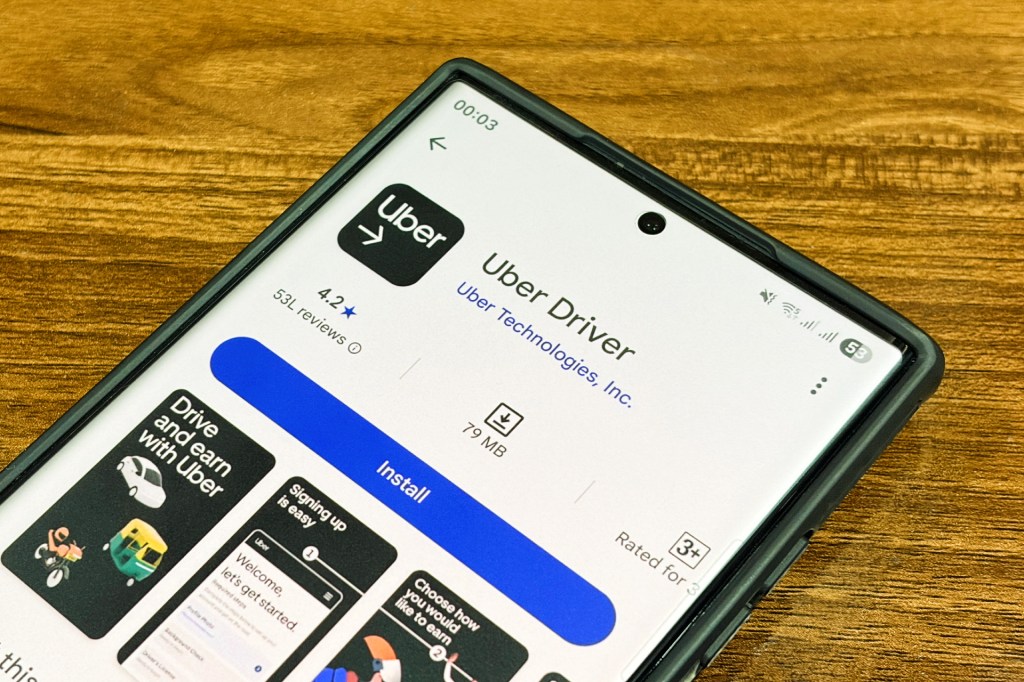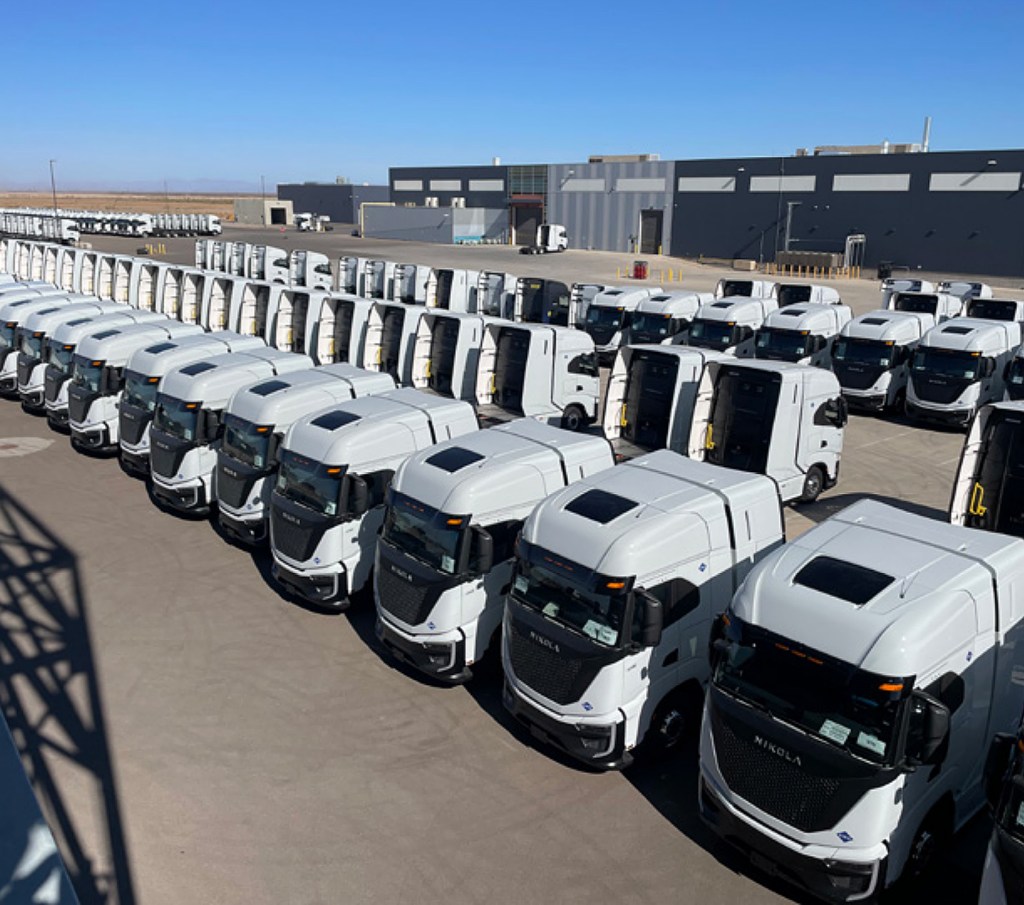Article Title:
Uber Introduces In-App Video Recording for Drivers in India to Enhance Safety
Uber has discreetly initiated a pilot program in India, introducing an in-app video recording feature for its drivers. This initiative aims to deter misconduct and provide a safer environment for both drivers and passengers, especially in a market where the use of dashcams is not widespread.
Several Uber drivers in the Delhi–NCR region have reported instances of rider misconduct, including threats of false complaints that could lead to penalties or account suspensions. One driver shared, Even female passengers traveling late at night insist that we follow the route they want instead of what’s shown on the map. If we refuse, they threaten to file false complaints.
The in-app video recording feature is designed to protect drivers by providing evidence in case of disputes. However, some drivers express concerns about Uber’s support in conflicts involving riders, noting that passengers can easily switch to competing platforms if dissatisfied.
The pilot program, which began in May, is now operational in ten Indian cities, including Delhi, Mumbai, Bengaluru, Chennai, Pune, Hyderabad, Chandigarh, Kolkata, Jaipur, and Lucknow. During trips where video recording is active, riders receive an in-app notification.
An Uber spokesperson stated, All recordings are double-encrypted, stored on the device, and cannot be accessed by anyone—including Uber—unless a user chooses to share them as part of a safety report. Recordings are automatically deleted after a week if not shared.
This video recording feature builds upon Uber’s in-app audio recording, which was introduced in India in 2023. The video recording was first tested in the U.S. in 2022 and is already available in Canada and Brazil.
As Uber expands this pilot, the company must balance the feature’s potential to resolve disputes with broader concerns about privacy and surveillance in one of its key markets. The timeline for a wider rollout of the video recording tool remains uncertain, with the pilot’s performance in the coming months likely influencing its future implementation across India and other regions.



